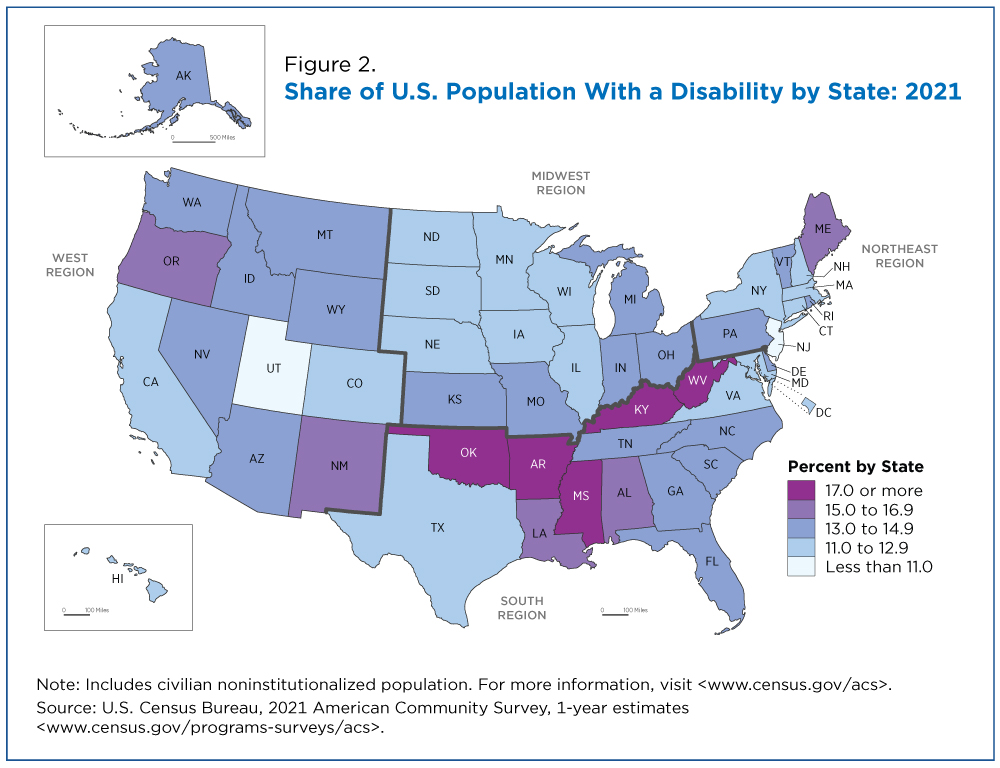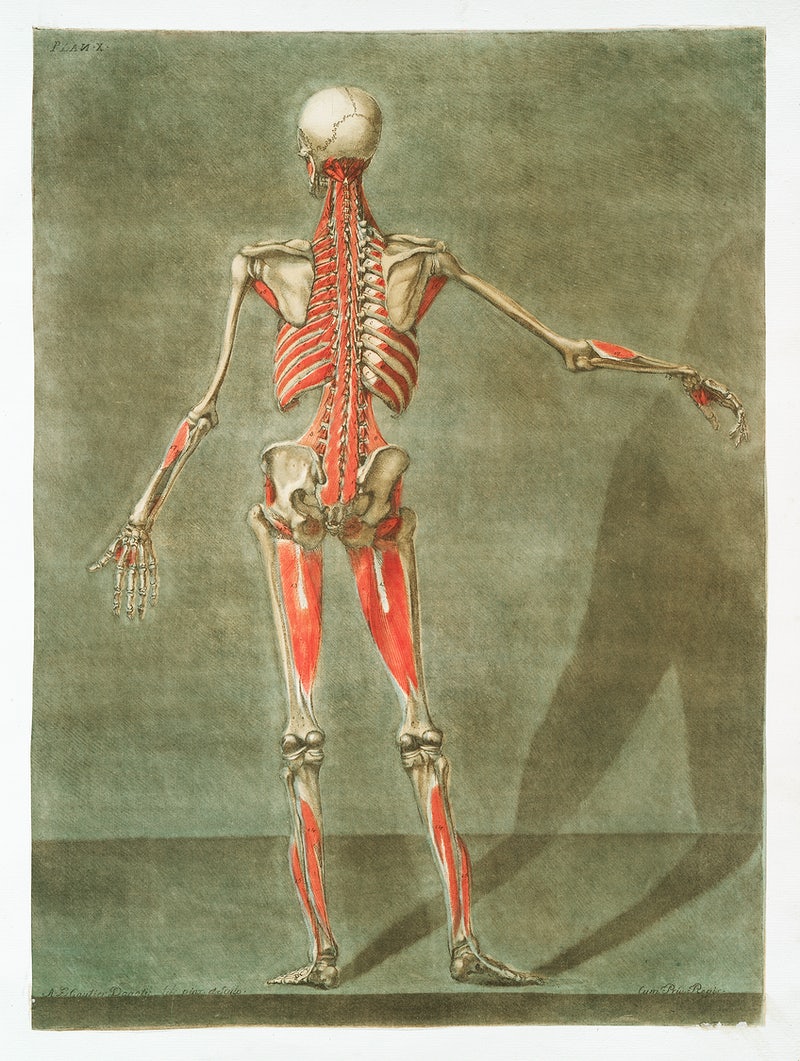A disability is when a person’s condition makes it more difficult to complete certain tasks throughout the day. Disabilities can affect the mind or the body. Examples of disabilities include those that affect: movement, vision, hearing, learning, communicating, mental health and others. According to the Census Bureau, nearly 43 million people in the US had a disability in 2021.

People who are older, who live in the South and rural areas, who are of the American Indian/Alaskan Natives ethnicity are more likely to have a disability. People with disabilities tend to earn a lot less than those without. Read more facts about Americans with disabilities here: https://www.pewresearch.org/short-reads/2023/07/24/8-facts-about-americans-with-disabilities/.
The Disability Rights Movement in the 1960’s and 1970’s led to the passage of the Americans with Disabilities Act (ADA) in 1990 which provides for accommodations for persons with disabilities to be able to participate in society. There are limitations to this law, but it has expanded the access of persons with disabilities in many ways, like allowing for service animals in places of business, funding the creation of curb cuts for wheelchair accessibility, encouraging closed captioning for media, providing school accommodations for students with learning disabilities, and so on.
It is important to consider this population when it comes to health. People with disabilities can live healthy and fulfilling lives if their needs are met and they have accommodations available for school, work and everyday life. However, they tend to face discrimination, including medical discrimination, and thus are a special population that may need legal and societal protections.





